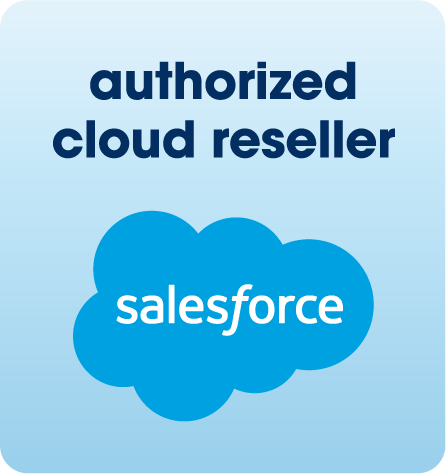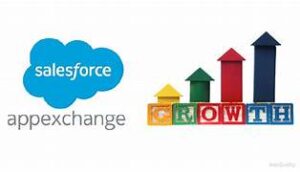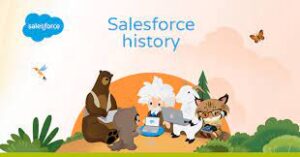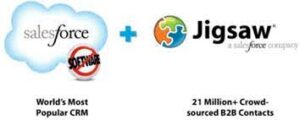Salesforce is the world’s leading CRM platform, empowering businesses to streamline operations, enhance customer relationships, and drive growth. However, to maximize its potential, integrating Salesforce with third-party applications is essential.
By connecting Salesforce with various external tools—such as MailChimp, QuickBooks, WhatsApp, and LinkedIn—organizations can improve efficiency, automate workflows, and unify data across departments. But how can businesses successfully integrate these applications into their Salesforce environment, and what challenges might they face? Let’s explore.
What is Salesforce Integration?
Salesforce integration refers to the process of connecting Salesforce with third-party applications to facilitate seamless data flow and process automation. These integrations leverage APIs to establish communication between systems, ensuring a unified experience across different business functions such as HR, finance, marketing, and sales.
Why is Salesforce Integration Important?
Integrating Salesforce with other systems offers several advantages, including:
- Enhanced Data Accuracy – Synchronizing data across platforms eliminates inconsistencies and duplicate records.
- Improved Communication – Keeping customers and teams connected through seamless information sharing.
- Automated Workflows – Reducing manual effort through intelligent automation without complex coding.
- Increased Productivity – Enabling teams to focus on strategic initiatives rather than repetitive tasks.
- Better Collaboration – Unifying business functions to reduce delays and streamline processes.
Common Salesforce Integrations and Use Cases
Salesforce can be integrated with a variety of platforms to enhance functionality. Some key use cases include:
- ERP Integration (SAP, Oracle) – Synchronizing financial data, inventory, and order management for better visibility.
- Marketing Automation (HubSpot, Marketo) – Connecting marketing platforms for improved campaign tracking and lead nurturing.
- E-commerce Integration (Shopify, Magento) – Managing customer data, inventory, and transactions in real time.
- Communication Tools (Slack, Zoom) – Enhancing team collaboration and customer interactions within Salesforce workflows.
Challenges in Salesforce App Integration
While Salesforce integrations bring numerous benefits, they also come with challenges:
- Data Mapping & Compatibility – Aligning data formats across platforms can be complex.
- API Limitations – Salesforce imposes limits on API calls, which may affect large-scale integrations.
- Security & Compliance – Ensuring that third-party tools meet data protection regulations.
- Latency & Performance Issues – Delays in real-time synchronization can impact user experience.
- Ongoing Maintenance – Keeping integrations updated with evolving APIs and business needs.
Tools for Successful Salesforce Integration
To facilitate smooth integrations, businesses can leverage the following tools:
1. Salesforce Native Tools
These tools enable direct integrations with Salesforce products. Examples include:
- AppExchange – A marketplace for pre-built Salesforce integrations.
- 200 OK Integration Platform – A no-code data integration tool with AI-driven capabilities.
2. App-Native Tools
Many external applications offer built-in integrations with Salesforce, such as:
- Google Cloud – Enables seamless data storage and analytics.
- Outlook – Facilitates email and calendar synchronization.
3. Third-Party Middleware
For more complex integrations, middleware platforms help bridge gaps between systems:
- MuleSoft – A powerful integration platform owned by Salesforce.
- Dell Boomi – A low-code solution for integrating multiple applications.
Best Practices for Salesforce Integration
To ensure a smooth and successful integration, businesses should follow these best practices:
- Define a Clear Strategy – Align integrations with business objectives and assess their long-term impact.
- Select the Right Integration Approach – Choose between data synchronization, process automation, or virtual integration based on needs.
- Engage Stakeholders Early – Collaborate with project managers, developers, and end-users to streamline implementation.
- Use the Right Tools – Leverage Salesforce-native, app-native, or middleware solutions based on complexity.
- Ensure Data Security & Compliance – Implement encryption, authentication, and access control measures.
- Test & Validate – Conduct functional, regression, and user acceptance testing (UAT) before deployment.
Final Thoughts: Should You Integrate Salesforce with Third-Party Apps?
Absolutely. Integrating Salesforce with external applications enhances its capabilities, drives efficiency, and unlocks new business opportunities. However, it’s crucial to implement these integrations through a certified Salesforce partner to minimize risks and ensure seamless execution. By following best practices and using the right tools, businesses can maximize their CRM investment and drive long-term success.
FAQs
Have more questions about Salesforce integration? Get in touch with our certified Salesforce consultants to explore the best integration solutions for your business.
🔔🔔 Follow us on LinkedIn 🔔🔔











